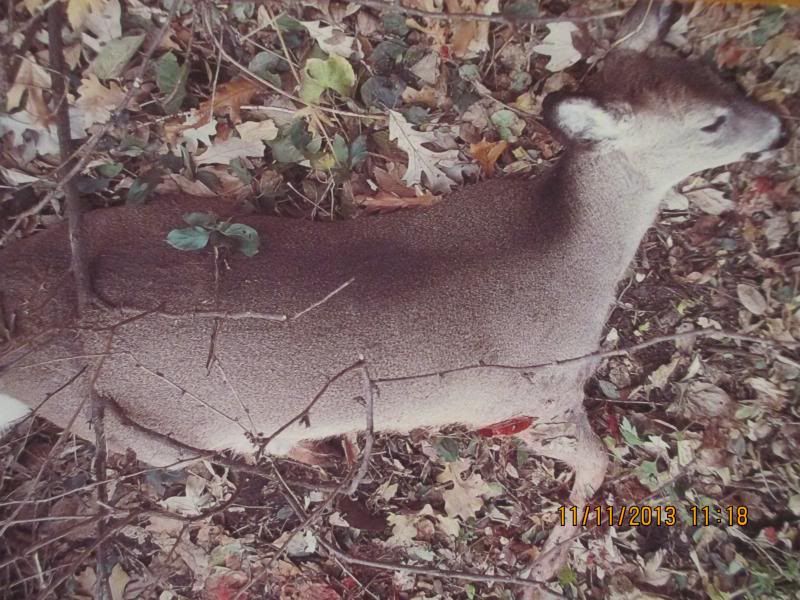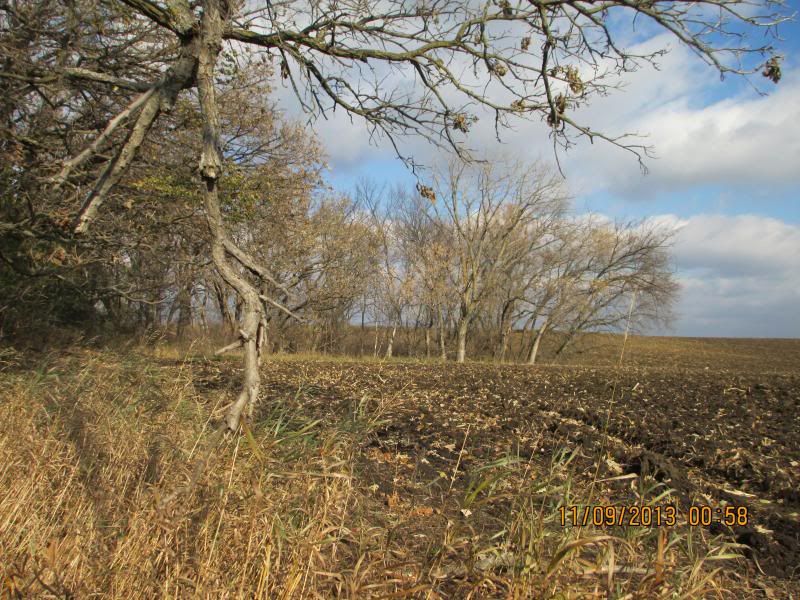truck driver
Ammo Smith
- Mar 11, 2013
- 7,502
- 1,307
What is more useful when hunting out west, a range finder or binoculars?
Buying binoculars with a built in range finder is out of my price range.
Also what is everyone using for range finders?
Buying binoculars with a built in range finder is out of my price range.
Also what is everyone using for range finders?







